Yoshihisa Inoue, V. Ramamurthy9780824757106, 0-8247-5710-6
Table of contents :
Table of Contents……Page 0
Chiral Photochemistry……Page 3
Preface……Page 5
Contents……Page 7
Contributors……Page 9
I. INTRODUCTION……Page 12
A. Circularly Polarized Light, ORD and CD……Page 13
B. Direct Asymmetric Photochemistry……Page 16
C. Some Remarks on the Development of the Field……Page 18
II. ASYMMETRIC PHOTOREACTIONS WITH CPL……Page 19
A. Photoderacemization……Page 20
B. Asymmetric Photodestruction……Page 28
C. Asymmetric Synthesis……Page 38
D. Asymmetric Photoisomerization……Page 43
III. THE COMBINATION OF RADIATION AND MAGNETIC FIELDS……Page 46
IV. PHOTOLYSIS BY MEANS OF HIGH-INTENSITY AND OF ULTRA-SHORT LASER PULSES……Page 48
V. AMPLIFICATION OF SMALL CPL-INDUCED ENANTIOMERIC EXCESSES AND CPL AS A SOURCE OF HOMOCHIRALITY IN NATURE……Page 49
REFERENCES……Page 51
I. INTRODUCTION……Page 56
II. PRINCIPLES OF ELECTRIC DIPOLE–ALLOWED ENANTIOMERIC CONTROL……Page 58
III. SYMMETRY BREAKING IN THE TWO-PHOTON DISSOCIATION OF PURE STATES……Page 61
IV. PURIFICATION OF RACEMIC MIXTURES BY LASER DISTILLATION……Page 67
V. ANGULAR MOMENTUM CONSIDERATIONS……Page 80
A. Changing the Sign of the Fields……Page 82
B. Introducing Rotations……Page 83
C. M Averaging in Configuration A……Page 85
D. Enantioselectivity with Three Mutually Perpendicular Polarizations: Laser Configuration B……Page 87
E. M Averaging in Configuration B……Page 89
F. Computational Tests: Laser Distillation……Page 90
VI. ENANTIOMERIC CONTROL VIA STRONG FIELD ORIENTATION OF MOLECULES……Page 95
VII. CHIRAL SEPARATION BY CYCLIC POPULATION TRANSFER……Page 97
VIII. AN OPTICAL ‘‘SWITCH’’ FOR CHIRAL CONVERSION AND PURIFICATION……Page 104
B. The Enantiodiscriminator……Page 106
C. The Enantioconverter……Page 109
REFERENCES……Page 112
I. INTRODUCTION……Page 117
II. MChA IN LUMINESCENCE……Page 119
III. MChA IN ABSORPTION……Page 120
IV. ASYMMETRIC MChA PHOTOCHEMISTRY……Page 123
A. Mathematical Description……Page 124
B. Iterative Solution Method……Page 127
C. Execution of Iteration……Page 128
D. Comparison with Experiment……Page 129
E. Discussion……Page 130
V. MChA IN DIFFUSION……Page 131
VI. CONCLUSION……Page 133
APPENDIX A. OPTICAL MATERIAL PARAMETERS……Page 134
APPENDIX B: THE INFLUENCE OF DIFFUSION ON MChA IN PHOTORESOLUTION……Page 135
REFERENCES……Page 136
I. INTRODUCTION……Page 138
II. ENANTIODIFFERENTIATING UNIMOLECULAR PHOTOREACTIONS……Page 139
A. Photodestruction/production……Page 140
B. Photoderacemization……Page 142
1. Cyclopropanes and Oxiranes……Page 143
2. Cyclooctene……Page 146
3. Substituted and Tethered Cyclooctenes……Page 158
4. 1,3- and 1,5-Cyclooctadienes……Page 160
5. Cycloheptene……Page 163
6. Cyclohexene……Page 165
D. Photocyclization……Page 167
III. ENANTIODIFFERENTIATING BIMOLECULAR PHOTOREACTIONS……Page 168
1. [2 + 2] Photocycloaddition……Page 169
2. [4 + 2] Photocycloaddition……Page 170
B. Polar Photoaddition……Page 173
IV. CONCLUSION……Page 175
ACKNOWLEDGMENT……Page 176
REFERENCES……Page 183
I. INTRODUCTION……Page 187
A. The Paternò–Büchi Reaction……Page 188
B. The Reaction of Alkenes with Enones and Conjugated Esters……Page 195
1. Diastereodifferentiation in Intermolecular Processes……Page 196
2. Diastereodifferentiation in Intramolecular Processes……Page 197
3. Diastereodifferentiation by a Removable Chiral Auxiliary……Page 203
C. Photocycloaddition Between Aromatic Compounds and Alkenes……Page 213
A. Electrocyclic Processes……Page 217
B. Norrish–Yang and Related Reactions……Page 218
C. Memory Effect……Page 220
IV. DIASTEREODIFFERENTIATION IN PHOTODECONJUGATION REACTIONS……Page 226
A. The Reaction of 1O2 with Alkenes and Dienes……Page 228
B. The Addition of Alcohols, Acetals, and Amines to Alkenes……Page 230
REFERENCES……Page 234
I. INTRODUCTION……Page 242
A. Fulgide Derivatives……Page 244
B. Diarylethenes……Page 249
C. Spiropyrans……Page 253
A. Azobenzenes……Page 255
B. Overcrowded Stilbenes……Page 260
C. Thioindigo……Page 262
REFERENCES……Page 263
I. INTRODUCTION……Page 267
A. Characteristic Features of Ruthenium(II) Complexes in the Excited State……Page 270
B. Stereoselective Photoinduced Electron Transfer Reaction of Ruthenium(II) tris-Bipyridine Complexes……Page 272
C. Application of Chiral Ruthenium(II) Complexes to Stereoselective Photocatalytic Reactions……Page 284
A. Electronic Structure of the Copper(I) Complex in the Excited State……Page 294
B. Stereoselective Photoinduced Electron Transfer Reaction of Copper(I) Complexes……Page 297
A. Electron Transfer Reactions of Metalloproteins and the Stereoselectivity……Page 301
B. Photoexcited States of Zinc(II) Porphyrin……Page 304
C. Photoinduced Electron Transfer Reaction of Zinc(II) Myoglobin with Chiral Viologen……Page 306
V. STEREOSELECTIVE ENERGY TRANSFER REACTIONS……Page 309
VI. SUMMARY AND PERSPECTIVES……Page 314
REFERENCES……Page 315
I. INTRODUCTION……Page 320
II. ASYMMETRIC INDUCTION BY CHIRAL SOLVENTS……Page 323
III. ASYMMETRIC INDUCTION BY CHIRAL BRØNSTED ACIDS……Page 327
IV. ASYMMETRIC INDUCTION BY CHIRAL TRANSITION METAL COMPLEXES……Page 331
V. ASYMMETRIC INDUCTION BY CHIRAL COMPLEXING AGENTS……Page 334
VI. CONCLUSION……Page 342
REFERENCES……Page 343
I. INTRODUCTION……Page 346
II. SUPRAMOLECULAR PHOTOCHIROGENESIS WITH CHIRALLY MODIFIED ZEOLITES……Page 348
A. Enantiodifferentiating Norrish/Yang Type II Reactions in Chirally Modified Zeolites……Page 350
C. Enantiodifferentiating Photorearrangement: Benzonorbornadiene to Benzonorbornene in Chirally Modified TlY Zeolites……Page 352
D. Photorearrangement of alpha-Oxoamides into beta-Lactams in Chirally Modified Zeolites……Page 353
E. Enantio- and Diastereodifferentiating cis–trans Photoisomerization of 1,2-Diphenylcyclopropane in Chirally Modified Zeolites……Page 354
F. Photocyclization in Chirally Modified Zeolites……Page 355
G. Enantioselective Photoreduction of Aryl Alkyl Ketones in Chirally Modified Zeolites……Page 357
H. Photosensitization in Zeolite Supercages……Page 359
III. SUPRAMOLECULAR PHOTOCHIROGENESIS WITH NATIVE AND MODIFIED CYCLODEXTRINS……Page 361
A. Radical Recombination in CDx Cavities……Page 363
B. Photocyclization of Tropolone Derivatives in the CDx Cavities……Page 364
C. Enantiodifferentiating Photocyclization of N-Alkyl Pyridones in CDx Cavities……Page 365
D. Enantio- and Diastereoselective Geometric Photoisomerization of Diphenylcyclopropans in CDx Cavities……Page 366
E. Photocyclodimerization of Anthracene Derivatives in CDx Cavities……Page 367
F. Intramolecular Meta-Photocycloaddition……Page 368
G. Photosensitized Geometrical Photoisomerization of Cycloalkenes in CDx Cavities……Page 370
H. Photooxidation of Linoleic Acid by Cyclodextrin-Sandwiched Porphyrin Sensitization……Page 374
A. Enantiodifferentiating [2 + 2] Photocycloaddition with a Chiral Template……Page 375
B. Enantiodifferentiating [2 + 2] Photocycloaddition with Sensitizing Receptor……Page 376
A. Enantiodifferentiating Photodestruction with BSA……Page 378
B. Enantiodifferentiating Photocyclodimerization of Anthracene Derivatives with BSA……Page 379
VII. ENANTIODIFFERENTIATING PHOTOSENSITIZATION BY NUCLEOSIDES AND DOUBLE STRANDED DNA……Page 381
VIII. DISCUSSION AND CONCLUSIONS……Page 383
REFERENCES……Page 385
I. INTRODUCTION……Page 390
II. FEATURES OF SOLID-STATE CD……Page 391
III. THEORETICAL BACKGROUND……Page 393
A. Outline and Specific Points……Page 395
1. CD Measurement……Page 397
2. CB Measurement……Page 398
1. Uniaxial Single Crystals: Comparison with Solution CD……Page 399
2. Decomposition of CD Spectra into the E and A2 Components……Page 400
3. Single Crystals with Macroscopic Anisotropies……Page 401
1. Possible Artifacts……Page 405
3. Examples of Different Conformation in Solid and Solution……Page 407
1. CD of Prochiral Compounds in the Solid State……Page 409
2. X-Ray Structures……Page 412
3. Solid-State Photoreaction……Page 413
D. Films……Page 414
REFERENCES……Page 416
I. INTRODUCTION……Page 419
A. Spontaneous Chiral Crystallization……Page 420
II. ABSOLUTE ASYMMETRIC TRANSFORMATION FROM NONCHIRAL MOLECULES IN CHIRAL CRYSTALS……Page 422
A. Absolute Asymmetric Synthesis Involving Bimolecular Photochemistry……Page 423
B. Unimolecular Photochemistry in the Solid State……Page 431
1. Photochemical Di-pi-Methane Rearrangement……Page 432
2. Absolute Asymmetric Transformation via Hydrogen Abstraction in the Solid State……Page 434
3. Photochemical [2 + 2] and [4 + 4] Cycloaddition……Page 441
4. Photochemical Electrocyclization……Page 448
5. Miscellaneous Photoreactions in the Solid State……Page 450
III. ABSOLUTE ASYMMETRIC SYNTHESIS IN SOLID–GAS REACTIONS AND IN HOMOGENEOUS MEDIA USING CHIRAL CRYSTALS……Page 457
IV. CONCLUSIONS……Page 462
REFERENCES……Page 463
I. INTRODUCTION……Page 466
II. IONIC VS. COVALENT CHIRAL AUXILIARIES……Page 469
A. The trans,trans-2,3-Diphenyl-1-Benzoylcyclopropane System……Page 470
C. Alpha-Mesitylacetophenone Derivatives……Page 472
E. Discussion of Results Presented in Table 4……Page 476
F. Conformational Enantiomerism……Page 482
G. Comparison of the Solid-State Ionic Chiral Auxiliary Method of Asymmetric Synthesis with the Pasteur Resolution Procedure……Page 483
ACKNOWLEDGMENTS……Page 484
REFERENCES……Page 485
I. INTRODUCTION……Page 487
II. CLASSIFICATION……Page 488
A. Supramolecular Approach……Page 489
B. Spontaneous Chiral Crystallization Approach……Page 492
III. DIASTEREOMERIC PHOTOREACTIONS OF CHIRAL MOLECULES IN THE CRYSTALLINE STATE……Page 494
A. Photocyclization……Page 496
B. [2 + 2] Photocyclization……Page 498
C. Paternó-Büchi Reaction……Page 501
D. Hydrogen Abstraction and Cyclization……Page 502
E. Di-pi-Methane Photorearrangement……Page 505
F. Photoisomerization……Page 508
B. Photoaddition……Page 509
C. Photodecarboxylative Condensation……Page 511
D. Photooxygenation……Page 513
VI. ABSOLUTE ASYMMETRIC PHOTOREACTIONS BY THE SPONTANEOUS CHIRAL CRYSTALLIZATION APPROACH……Page 514
1. Photocyclization……Page 515
2. [2 + 2] Photocyclization……Page 516
3. Hydrogen Abstraction and Cyclization……Page 517
1. [2 + 2] Photocycloaddition……Page 519
2. Photodecarboxylative Condensation……Page 524
VII. CONCLUDING REMARKS……Page 527
REFERENCES……Page 528
I. INTRODUCTION……Page 534
II. CRYSTALLINE-STATE REACTION OF COBALOXIME COMPLEXES BY PHOTOIRRADIATION……Page 535
III. ABSOLUTE ASYMMETRIC SYNTHESES IN COBALOXIME COMPLEXES……Page 536
A. Crystal Structures of Various R:S Compositions……Page 537
C. Change of Cell Dimensions on Exposure to Visible Light……Page 540
D. Crystal and Molecular Structure After Irradiation……Page 541
F. Size and Shape of the Reaction Cavity……Page 543
B. Crystal Structure Before Irradiation……Page 545
C. Crystal and Molecular Structure After Irradiation……Page 547
E. Change of Reaction Cavity After Irradiation……Page 548
F. Capability of Racemic-to-Chiral Transformation……Page 549
B. Crystal and Molecular Structure After Irradiation……Page 551
C. Inversion Mechanism……Page 553
VII. CHIRALITY INVERSION PROCESS OF 1-ETHOXYCARBONYLETHYL GROUP ONLY BY PHOTOIRRADIATION……Page 555
B. Structural Change After Irradiation……Page 557
C. Crystal and Molecular Structure of R Isomer Before Irradiation……Page 558
D. Structural Change After Photoirradiation……Page 560
E. Why Is the Ratio of 82:18 the Most Stable?……Page 561
REFERENCES……Page 562
I. BACKGROUND: ASYMMETRIC PHOTOREACTIONS IN SOLUTION AND IN SOLID STATE……Page 564
A. Zeolite as a Host for Asymmetric Photoreactions……Page 573
B. Zeolite: A Brief Introduction to Its Structure……Page 574
III. ASYMMETRIC INDUCTION WITHIN ZEOLITES: CHIRAL INDUCTOR AS A REAGENT DURING PHOTOREDUCTION OF CARBONYLS……Page 575
B. Diastereoselective Photorearrangements……Page 584
C. Role of Cations During Diastereoselective Photorearrangements……Page 590
D. Diastereoselective Norrish–Yang Photocyclization: Restriction of Rotational Isomerism Within Zeolites……Page 599
A. Background……Page 608
B. Enantioselective Norrish-Yang Photocyclizations……Page 610
C. Enantioselective Photorearrangements……Page 612
VI. OPTIMISTIC OVERVIEW……Page 619
REFERENCES……Page 622
I. INTRODUCTION……Page 633
A. Photoresponsive Helical Polypeptides……Page 635
III. PHOTORESPONSIVE OLIGONUCLEOTIDES……Page 639
IV. PHOTORESPONSIVE SYNTHETIC CHIRAL POLYMERS……Page 642
A. Photoresponsive Synthetic Helical Polymers……Page 643
B. Photoresponsive Optically Active Vinyl Polymers with Configurational Chirality……Page 650
C. Photoresponsive Optically Active Polyamides……Page 654
V. CHIRALITY OR HELICITY INDUCTION ON ACHIRAL PHOTORESPONSIVE POLYMER FILMS BY CIRCULAR POLARIZED LIGHT……Page 655
VI. PHOTOCONTROL OF CHIRAL RECOGNITION BY CHIRAL POLYMERS……Page 658
REFERENCES……Page 661
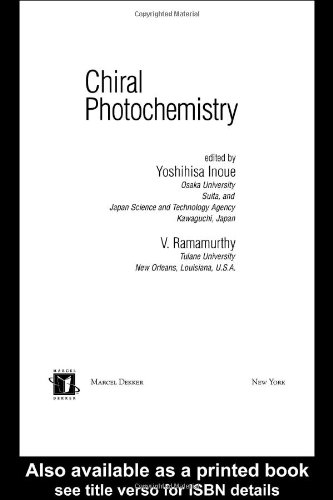
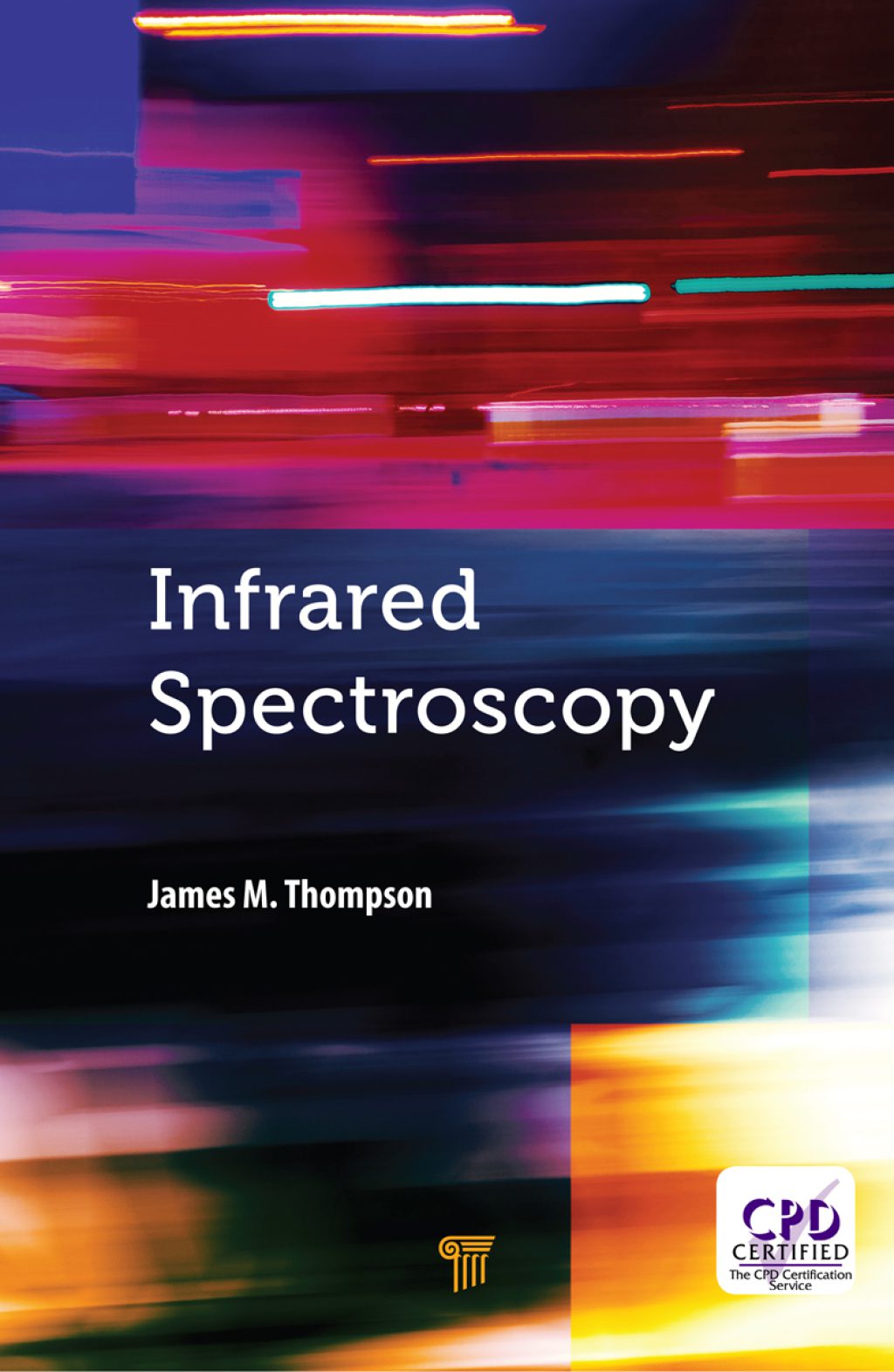
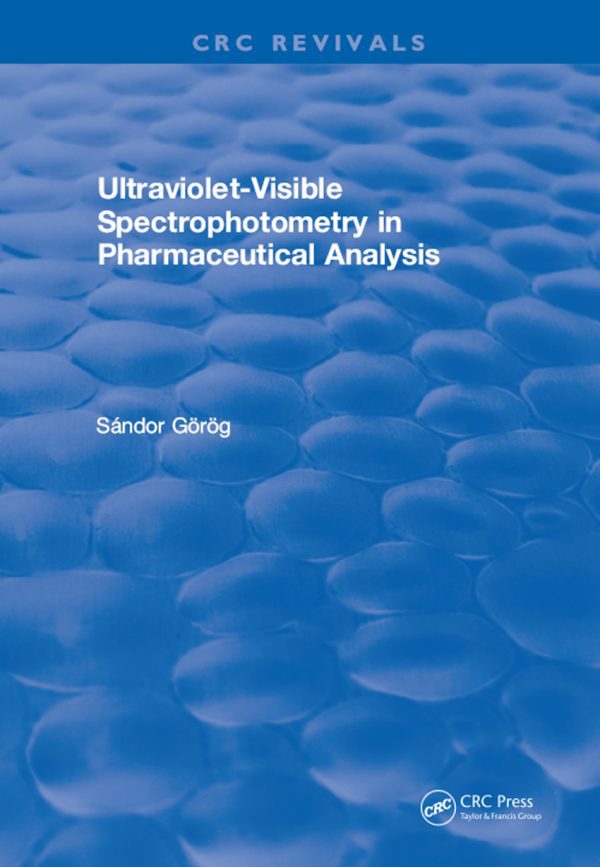
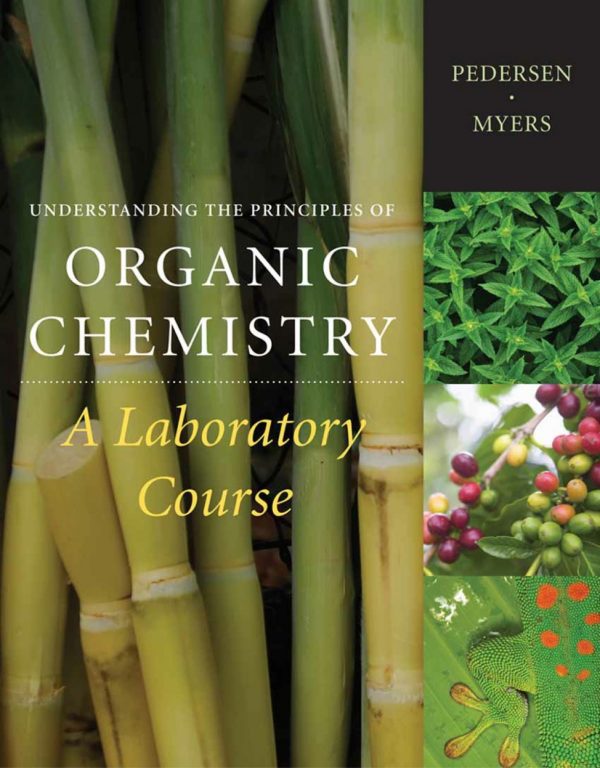
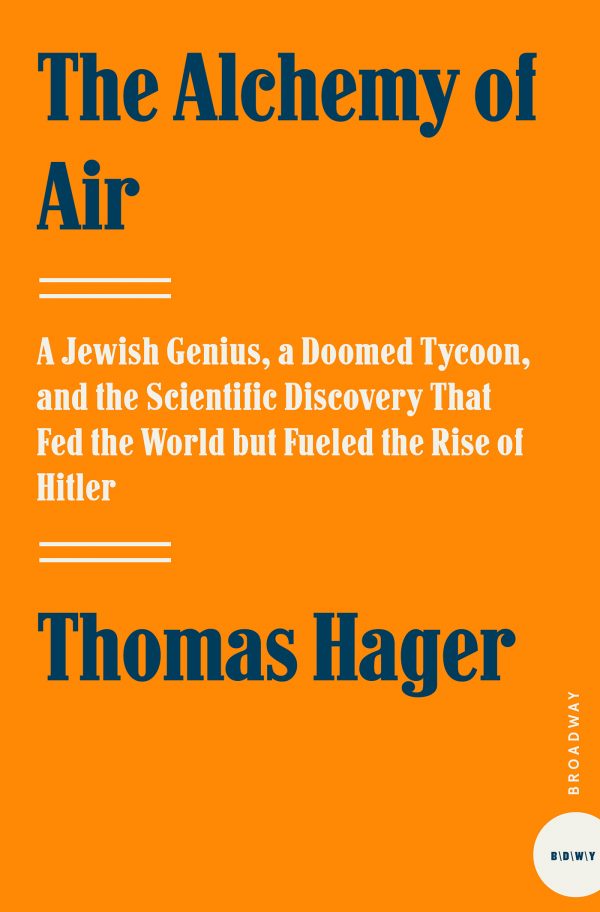
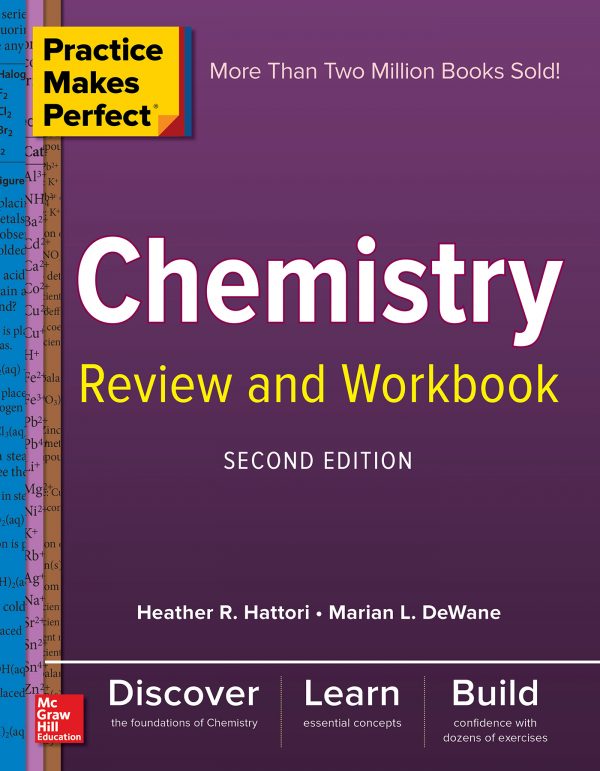
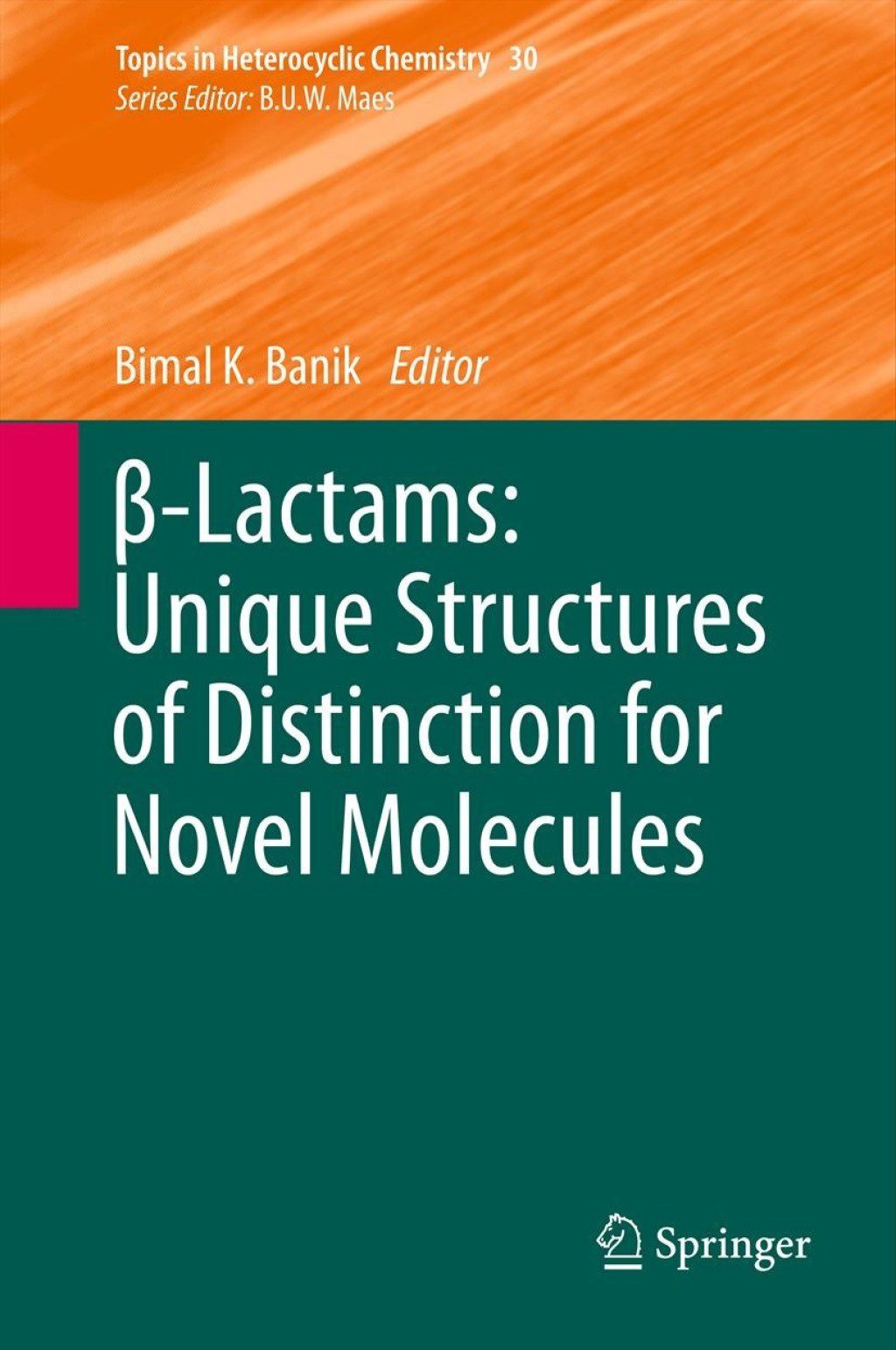
Reviews
There are no reviews yet.